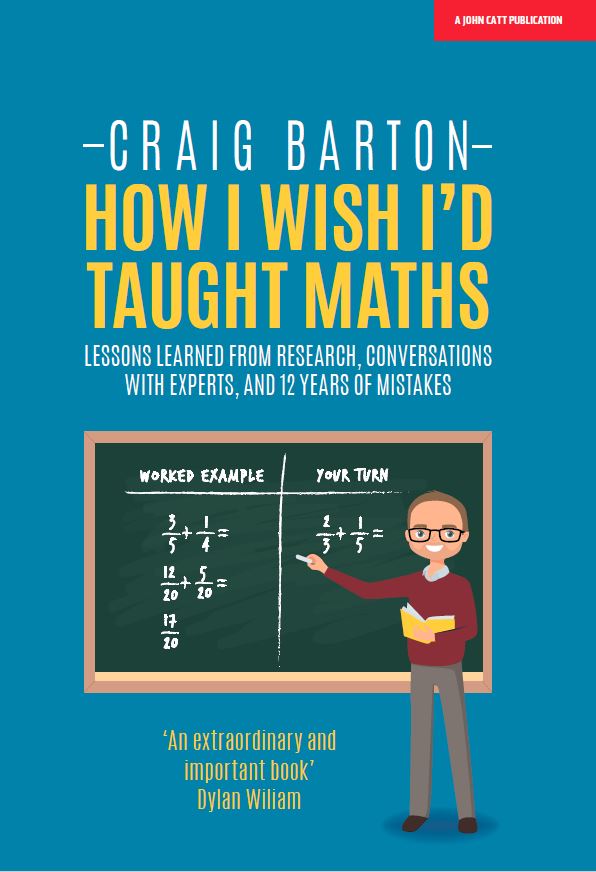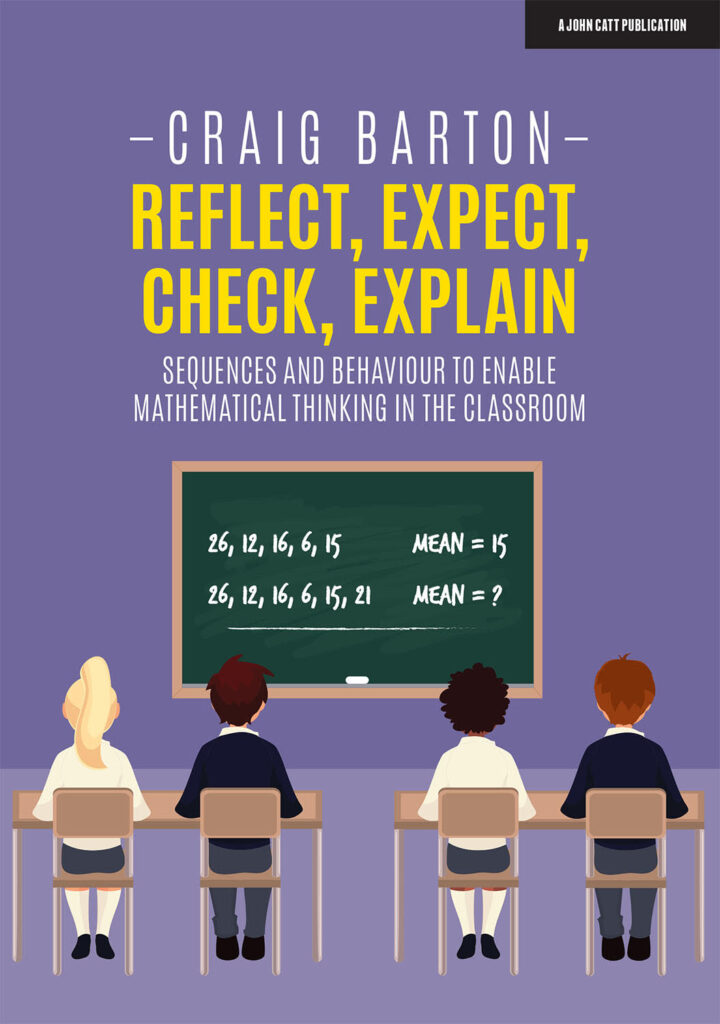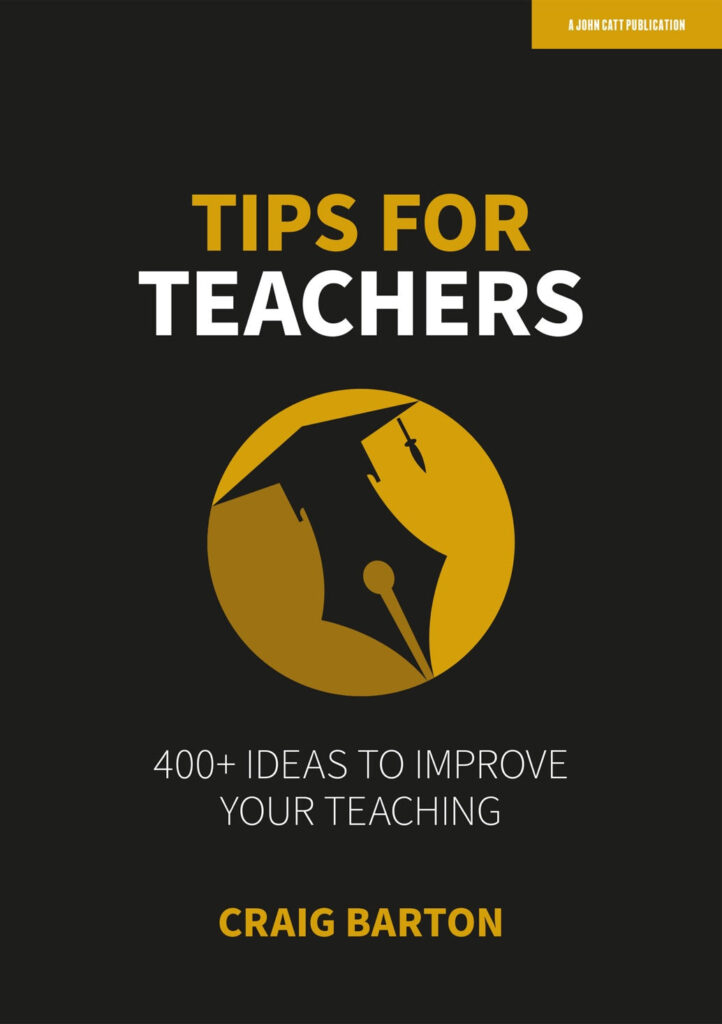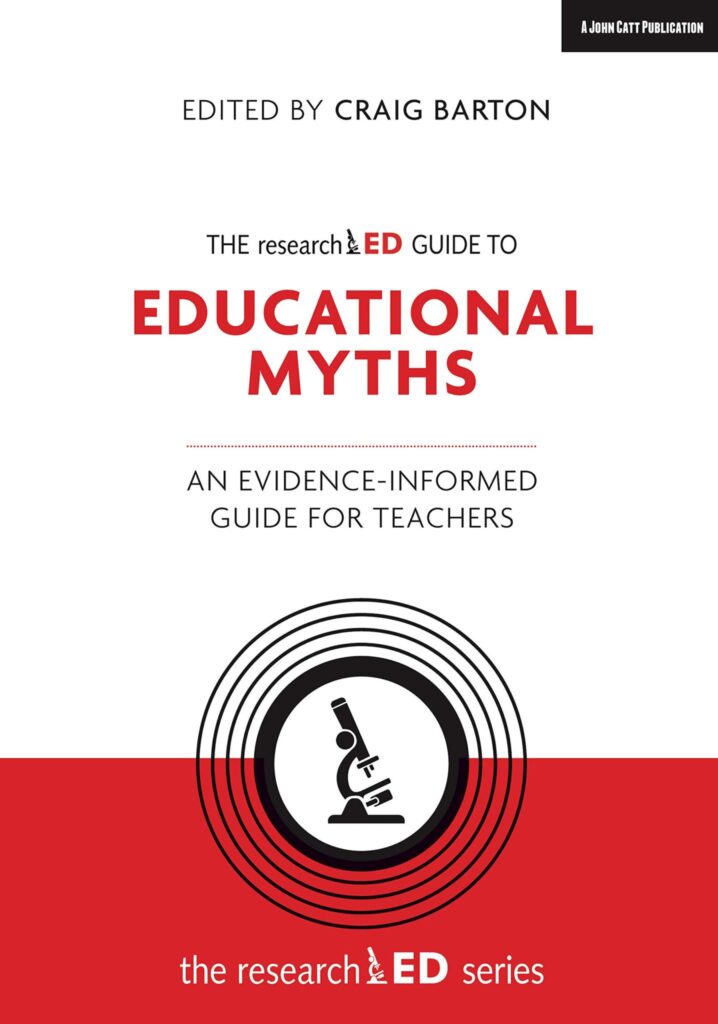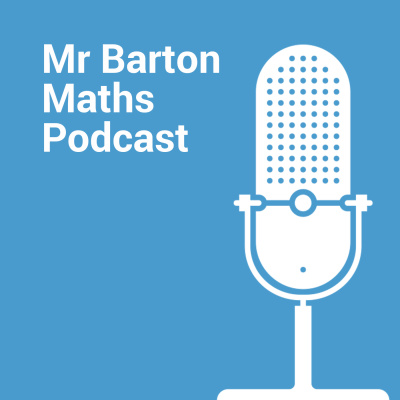
- Title: Secondary School Mathematics Teachers’ Accuracy at Predicting Student Errors
- Authors: Aidan Stannard and Colin Foster
- Access the original paper here
- Watch a video overview:
Paper summary
The paper investigates how well mathematics teachers can anticipate the frequency of student mistakes on diagnostic multiple-choice questions. The study observed seven secondary school mathematics teachers over multiple sessions, asking them to predict the percentage of students choosing each answer option for questions from the Diagnostic Questions website, before revealing the actual large-scale student data. Researchers found that while teachers were generally skilled at identifying the underlying errors and misconceptions the questions were designed to elicit, their prediction accuracy significantly improved over time with repeated practice. Specifically, the most notable gains in accuracy, measured by a decrease in Mean Absolute Percentage Point Error (MAPPE), occurred within the first three sessions. Interestingly, the study concluded that the level of teaching experience was not associated with either initial prediction accuracy or the rate of improvement, suggesting that professional development focused on error anticipation could be valuable for all teachers.
If teachers remember one thing from this study, it should be…
Professional development focused on anticipating student errors (like predicting responses to diagnostic questions) leads to rapid and significant improvement in predictive accuracy, helping you better exploit errors for student learning. Teaching experience does not affect this potential for improvement.
***Paper Deep Dive***
What are the key technical terms used in the paper?
Mean Absolute Percentage Point Error (MAPPE): Measures the average absolute difference between a teacher’s predicted percentage for each response option and the actual student percentage.
Diagnostic Question: A multiple-choice question designed to quickly identify a student’s specific errors and misconceptions.
What are the characteristics of the participants in the study?
The study involved seven secondary school mathematics teachers. Their years of teaching experience varied widely, ranging from 3 years up to 40 years. Most participants (five out of seven) were primarily based in South Wales. All completed at least four sessions.
What does this paper add to the current field of research?
This paper’s novel design investigates whether teachers’ accuracy in predicting student errors can be productively accelerated by exploiting large online data sets. It demonstrates that teachers’ predictive accuracy rapidly and significantly improves through short, repeated practice sessions. Furthermore, it found teaching experience was not associated with the potential for improvement.
What are the key implications for teachers in the classroom?
The key implications of this study for teachers in the classroom primarily revolve around the value of anticipating student errors and the effectiveness of targeted professional development (PD) in building this skill:
- Exploiting Errors for Learning: Errors are a common occurrence in mathematics classrooms, and teachers are encouraged to view them positively and exploit their potential for student learning. A teacher’s ability to accurately anticipate errors beforehand is crucial for capitalising on this potential.
- Improving Planning and Discussion: Anticipating likely errors enables teachers to be better prepared to guide classroom discussions that help students make sense of their errors and use them as tools for learning. Better anticipation helps teachers plan explanations and activities that allow students to learn from mistakes and subsequently avoid them more effectively in the future. This preparation will enable teachers to tailor their teaching appropriately.
- Effectiveness of Specific Professional Development: Professional development focused on developing the ability to anticipate student errors (such as predicting responses to diagnostic questions) can lead to rapid and significant improvement in predictive accuracy. This improvement is often “dramatic,” particularly occurring across the first three sessions.
- Accessibility of PD: This type of professional development is easy to conduct, requires little preparation, and a teacher could carry it out independently without needing external funding.
- Experience is Not a Barrier: The study found no strong association between teaching experience and the ability to profit from this style of professional development. This suggests that such PD can have an equalising or levelling effect among teachers of varying experience levels, which can be beneficial for supporting within-department discussions about common student difficulties.
- Positive Error Climate: To maximise the use of errors, teachers must adopt a positive, strength-based view of students’ errors, rather than a deficit-based one. When responding to errors, teachers should place a greater emphasis on following up with questions surrounding the mistake, allowing students opportunities to reflect and uncover why the error occurred.
Why might teachers exercise caution before applying these findings in their classroom?
Teachers should exercise caution because the study had a small sample size (seven participants), limiting generalisation. Crucially, the data do not confirm if improved prediction accuracy translates into actual improved classroom skill or long-lasting student learning.
What is a single quote that summarises the key findings from the paper?
We conclude that professional development focused on developing teachers’ ability to anticipate student errors could lead to rapid improvement in teachers’ error prediction and be potentially valuable in improving their classroom teaching.

